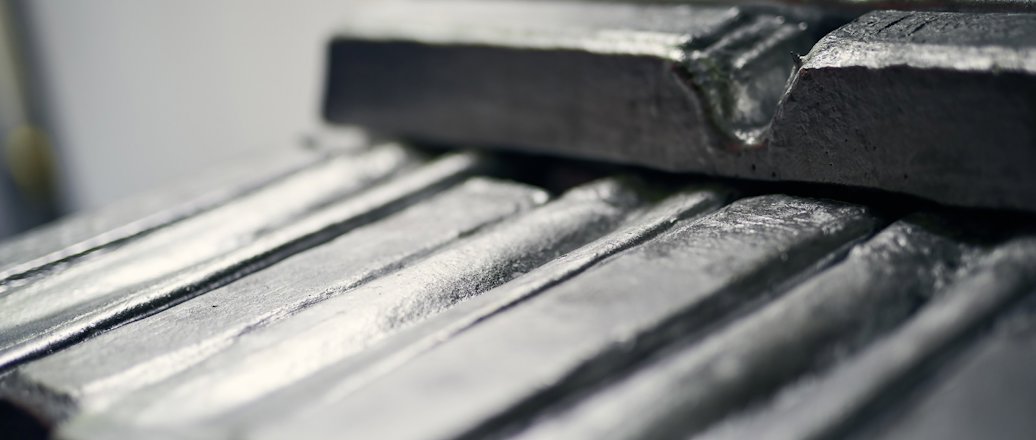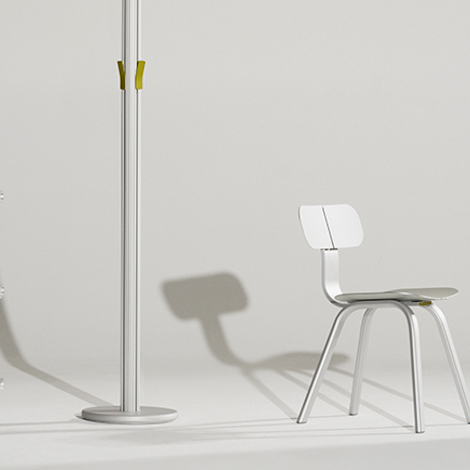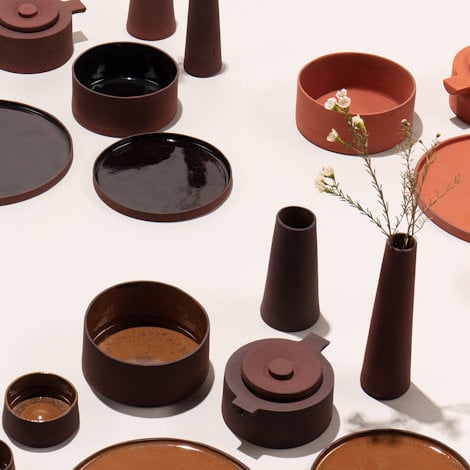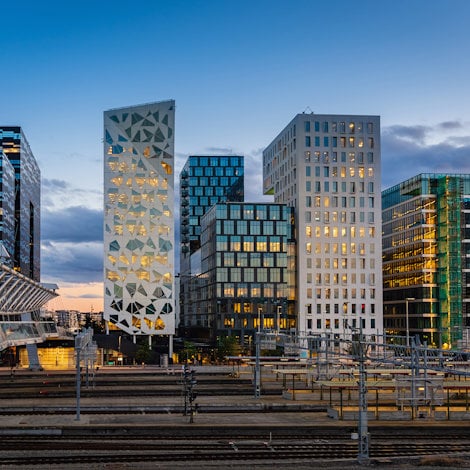A guide to material selection in sustainable product design
Sustainable product design is about you doing the right thing for the planet. It includes picking the materials that suit your design, that support your carbon footprint target, that are not harmful during use, and that can be used again. Three out of four is not enough. Having your materials thrown into the ocean is not good for anybody.
Still, the intense competition between materials is a positive thing, because I see many examples of materials getting better in sustainability terms. In my field, we have low-carbon aluminium and we have high-quality metal with high percentages of aluminium that has been used in other products.
Material selection is complex. The problem you face is having to sift through the loads of information written about all these materials, because it can be difficult finding the facts that give you the apples vs. apples comparison that you need, and each material can come with its own tradeoffs.
Material selection criteria for sustainable design
Settling on the criteria you use in material selection is an important first step. I’m not talking about functional and cost considerations – they will always be there – but about how you can minimize the impact of your product on the environment.
In your sustainable design work, you look at areas like modular design and ease of disassembly. In your sustainable material selection work, try to remember these key points:
- All materials are recyclable, but some are more difficult than others
- Some materials are easily collected at end of life, others are not
- Recycling and re-use minimizes energy consumption, pollution and health risk
- Proper information and eco-labeling is helpful, such as Environmental Product Declarations or recycling codes
So what criteria should you consider when you compare materials on sustainability?
- Full life cycle, or cradle-to-cradle analysis
- Environmental footprints, especially global warming potential
- Separation techniques, such as ease of disassembly
- Ease of production and supply chain, including governance
- Scarcity of raw materials
- Ease of recycling and re-use in new products
- Independent labels and certifications on sustainability
Actually, the cradle-to-cradle analysis is going to include just about everything you need to make an informed and accurate comparison between materials. This will always be a good first step for you.

Aluminium in sustainable product design
Materials that we consider traditional, like concrete and plastic, were created when people spent less time pondering environmental concerns. Today it is a different story.
Aluminium is my material – the one I know best and the one I believe has the brightest future in sustainable product design. For me, it is because aluminium can be recycled and used over and over again. Aluminium is a permanent material. It has a face-centered cubic crystal structure and has no allotropes, and this is why it does not lose its properties. Plastics, for instance, are not. This is chemical physics.
Granted, aluminium is energy-intensive the first time it is produced, but the savings captured over the infinite lifetimes of the metal – both in use phase and remelting – more than offset the initial hit.
Its sustainability characteristics look like this:
- Mature reclamation infrastructure
- Mature separation technology
- Mature remelting infrastructure
- No loss of material properties and consequent ease of re-use
We can say that aluminium scrap has a value and an identity, it is not a burden, and it is perfect for circular economy applications.
Avoid misperceptions when selecting sustainable materials
I have mentioned more than a few points to remember, and will finish with a few more. These are related to misperceptions that could affect your decision-making process. I call them my myth-busters.
Here they are:
- Standard products have better quality than sustainable products. Not true. Sustainable products need to meet the same performance requirements as standard products. And more and more, we see sustainable products exceeding the requested performances because of their more thorough designs.
- Sustainable products look different than standard products. Nope. Not true.
- Sustainable products cost more than standard products. In some cases, yes. But this additional initial cost will be offset by factors such as greater durability, lower maintenance costs and end-of-life reclaiming value.
- Sustainable products are hard to get. Yes and no. Some sustainable products are not available everywhere. But you won’t have delivery delays caused by delays in the manufacturing process.
- Sustainable products are proprietary. Yes, some products are proprietary, but this is the exception – not the rule.








